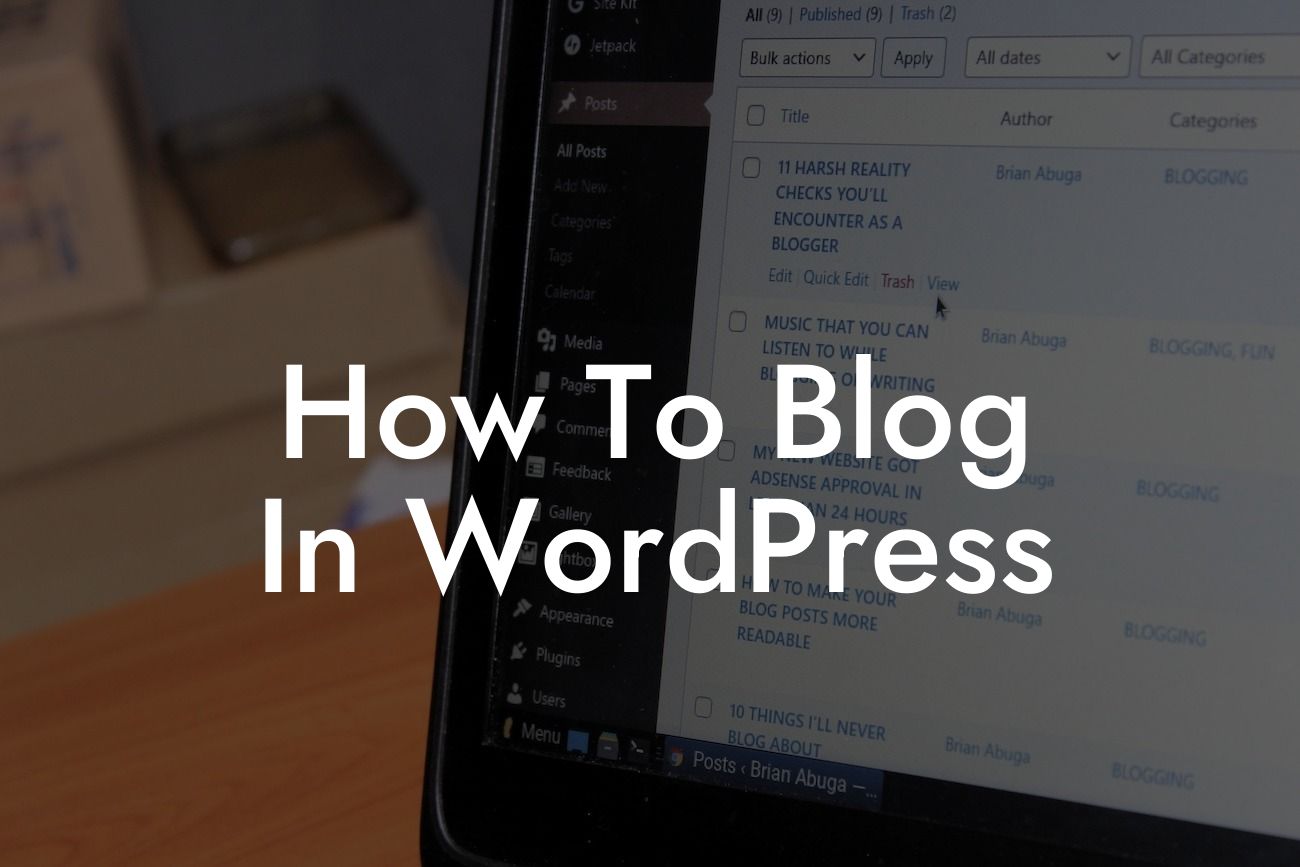Whether you're a small business owner or an aspiring entrepreneur, blogging is an essential tool to build your online presence and connect with your audience. And when it comes to creating a powerful and user-friendly blog, WordPress is the go-to platform. In this comprehensive guide, we'll walk you through the process of blogging in WordPress, from getting started to advanced strategies that will take your blog to new heights. So, buckle up and get ready to dive into the exciting world of WordPress blogging!
Getting Started:
Before you start blogging in WordPress, you need to set up your website. Here are the essential steps to get you started:
1. Choose a domain and hosting provider: Select a memorable domain name that represents your brand and secure reliable hosting for your website.
2. Install WordPress: Most hosting providers offer a one-click WordPress installation, making it incredibly simple to get your blog up and running.
Looking For a Custom QuickBook Integration?
3. Select a theme: Choose a visually appealing and responsive theme that aligns with your brand's identity and offers a user-friendly experience.
4. Customize your website: Take advantage of WordPress's customization options to personalize your blog's appearance and make it stand out.
5. Install essential plugins: Enhance the functionality of your blog with plugins like DamnWoo's SEO optimizer and social media integrations.
Creating Engaging Content:
Now that your blog is set up, it's time to create engaging content that captivates your readers. Follow these strategies:
1. Identify your audience: Understand your target audience's interests, pain points, and preferences to create content that resonates with them.
2. Craft attention-grabbing headlines: Your headlines should be catchy and compelling, giving readers a clear idea of what they can expect from your content.
3. Write informative and relevant blog posts: Offer valuable information, practical tips, and actionable advice that addresses your audience's needs.
4. Use visuals to enhance your content: Incorporate images, infographics, and videos to make your blog posts visually appealing and to break up text blocks.
5. Make your content SEO-friendly: Optimize your blog posts with relevant keywords, meta tags, internal and external links, and compelling
How To Blog In Wordpress Example:
Let's say you run a small pet grooming business. Your blog can cover various topics such as grooming tips, pet health advice, and product recommendations. For instance, you could create a blog post titled "5 Essential Grooming Tips to Keep Your Dog's Coat Shiny." In this post, discuss different grooming techniques, recommended products, and frequently asked questions.
Congratulations! You now have the knowledge and tools to start a successful blog in WordPress. Incorporate DamnWoo's powerful plugins into your blogging journey to optimize your website's performance and boost your online visibility. Don't forget to share this article with fellow bloggers and explore our other guides on DamnWoo for more expert insights. Now, go ahead, unleash your creativity, and let your blog shine in the vast digital landscape!
[Insert relevant call-to-action buttons promoting DamnWoo plugins and exploring more guides]













